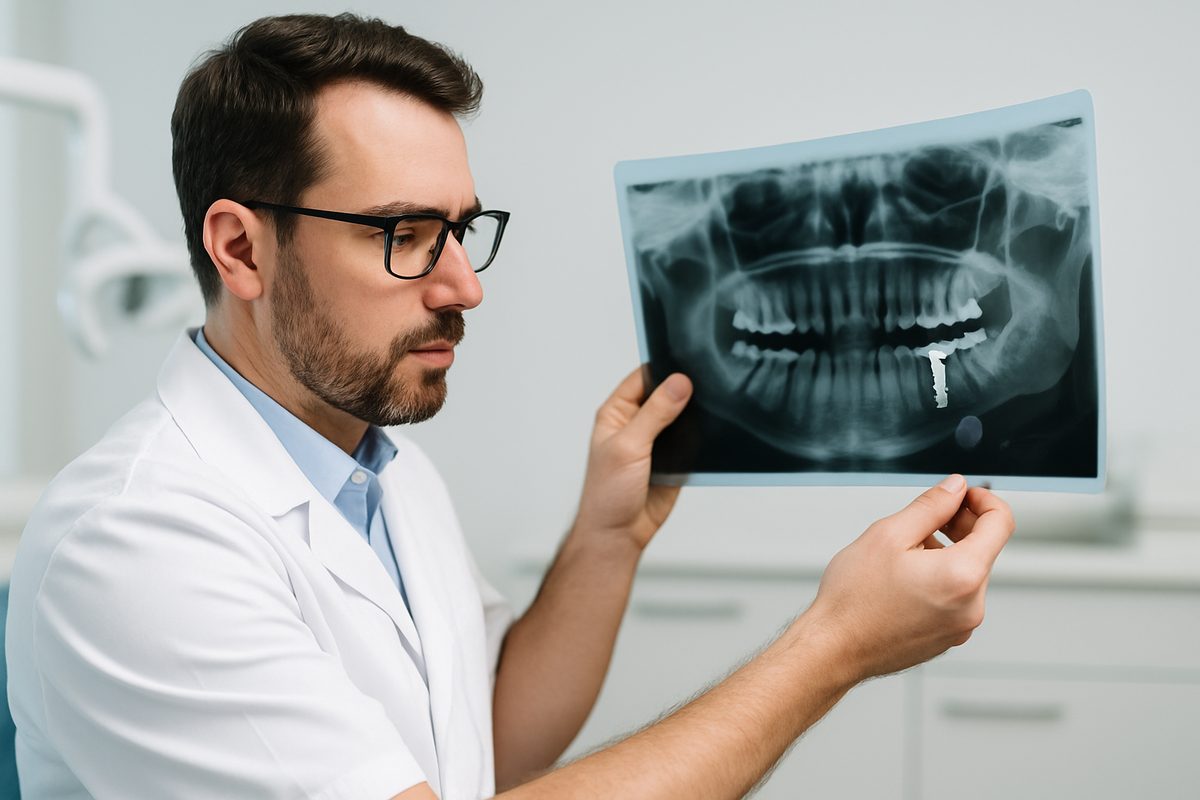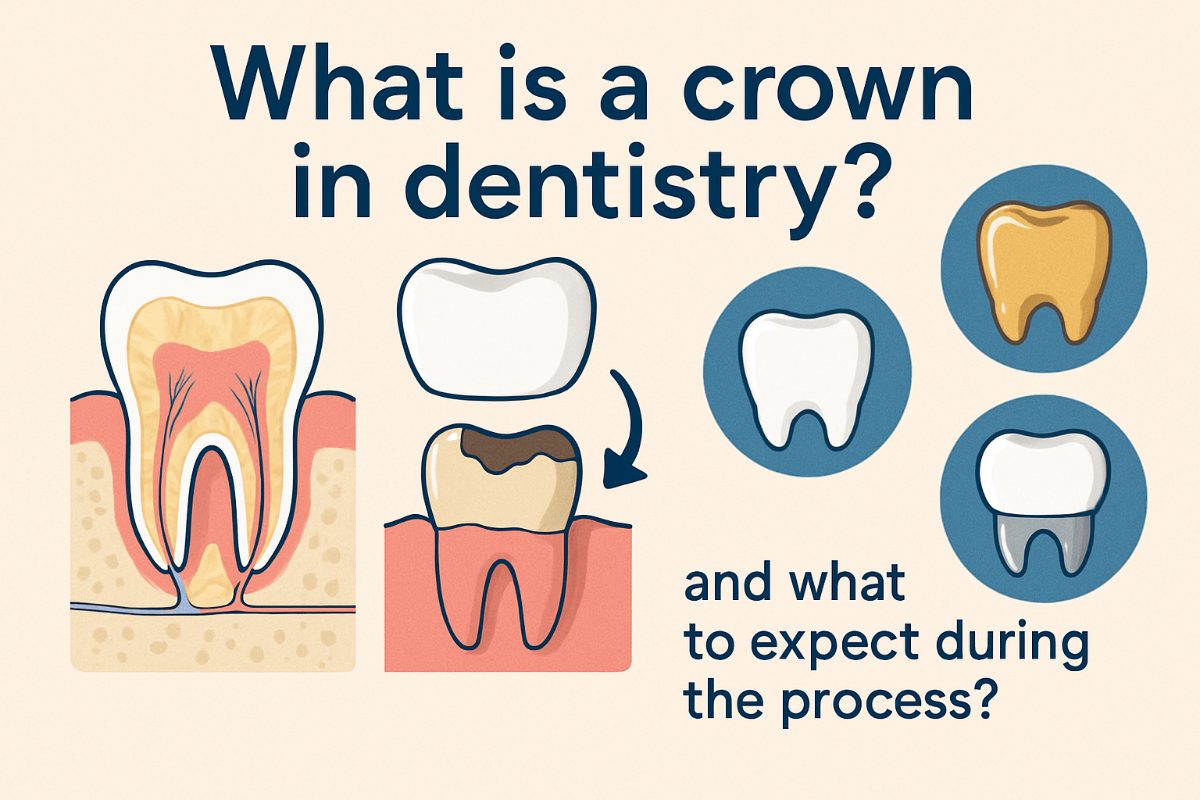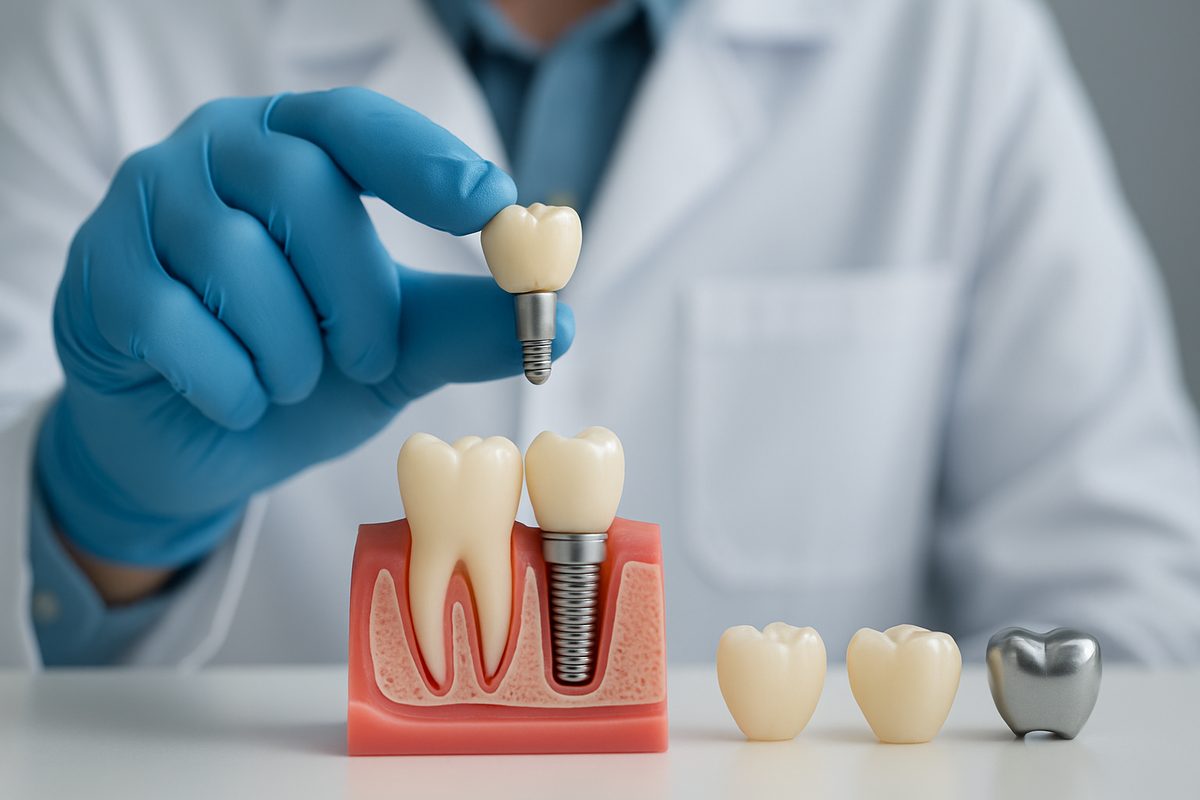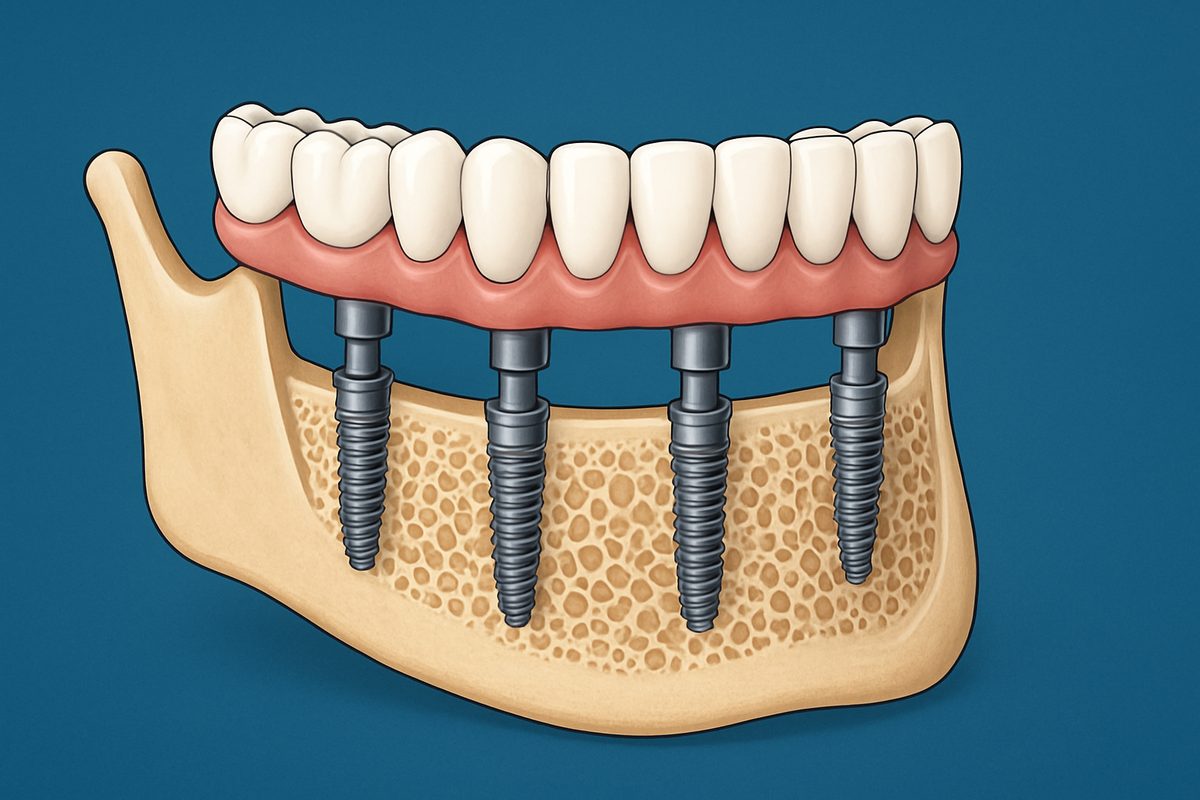Blog - Rapid City, SD
Tips, Facts, And The
Latest In Dentistry

Oral Surgery and Implant Dentistry: Is It Right For You?

This post explains oral surgery and implant options, who makes a good candidate, what the procedures involve, risks and recovery, and how to decide if oral surgery and implant treatment is right for you. If you’re considering oral surgery and implant in Rapid City, SD, this guide will walk through the basics so you can ask the right questions at your consultation.
What is oral surgery and implant?
Oral surgery and implant care means surgical steps like tooth extractions, bone grafts, and placing titanium implants, plus restorative steps such as crowns, bridges, or full-arch prosthetics. Surgical work creates a stable foundation in the jaw; restorative work gives you chewing function and a natural look. Modern planning tools used in implant care include CBCT scans, intraoral scanners, and guided-surgery guides to improve accuracy.
Common reasons patients seek oral surgery and implant treatment
Replacing missing teeth for function and chewing
Dental implants replace tooth roots and support crowns or bridges. They restore chewing, improve speech, and help prevent bone loss that happens after a tooth is missing.
Failed teeth, trauma, or severe decay
When a tooth cannot be saved, extraction followed by an implant is often more predictable than repeated repairs. Implants can be a long-term solution after traumatic injury or extensive decay.
Bone loss or periodontal disease
If bone has shrunk or gum disease is present, bone grafting or sinus lifts may be needed before implants. These steps build a stable base so implants last longer.
Who is a good candidate for oral surgery and implant?
Good candidates are in generally good health, have controlled chronic conditions (like well-managed diabetes), and do not smoke or are willing to quit. Dental factors matter too: gums should be healthy or treated, and there must be enough bone or the patient should accept grafting. Age alone is not a barrier; overall health and oral condition are what count.
How dentists evaluate and plan implant treatment
A modern implant workup includes a clinical exam, periodontal and cavity risk checks, CBCT imaging, and digital impressions with devices like iTero. Guided-surgery planning produces surgical guides that increase accuracy and reduce surprises. Digital planning leads to more predictable results and fewer appointments.
Typical procedures and what to expect
Tooth extraction and socket preservation
Extractions are done gently. If needed, the socket is grafted to preserve bone and allow future implant placement.
Bone grafting and sinus lift
Grafts may use bone material to rebuild lost volume. Sinus lifts create room for implants in the upper jaw. Healing often takes several months before implants are placed.
Implant placement and healing
Implants are placed under local anesthesia or sedation. Over weeks to months, the implant fuses with bone (osseointegration). Sedation options help anxious or complex patients.
Restorative phase: crowns, bridges, and full-arch solutions
After healing, restorations are attached. Options include same-day crowns with CAD/CAM or lab-made prosthetics for complex cases. Timelines vary by case.
Risks, recovery, and success rates
Short-term issues include swelling, bruising, and mild pain, all managed with medication and care. Long-term success is high when patients maintain oral hygiene, stop smoking, and attend follow-ups. Risk factors like untreated gum disease lower success rates.
Costs, financing, and how to decide
Costs depend on implant number, grafting, prosthetic type, and imaging. Many offices offer financing or help with insurance. Ask providers about total timelines, warranty on work, and what’s included in estimates.
About Carpenter Dental and Dr. Chad Carpenter
Carpenter Dental has served Rapid City, SD, for nearly two decades. Dr. Chad Carpenter focuses on implant dentistry and uses CBCT, guided-surgery planning, CEREC, and an in-house lab to streamline care and improve predictability.
Next steps: schedule a consult
Bring your medical history, a list of current medications, and any past dental records or X-rays. Ask about implant experience, technology used, timeline, and costs. Book an evaluation to learn if oral surgery and implant in Rapid City, SD is the right choice for your goals.




